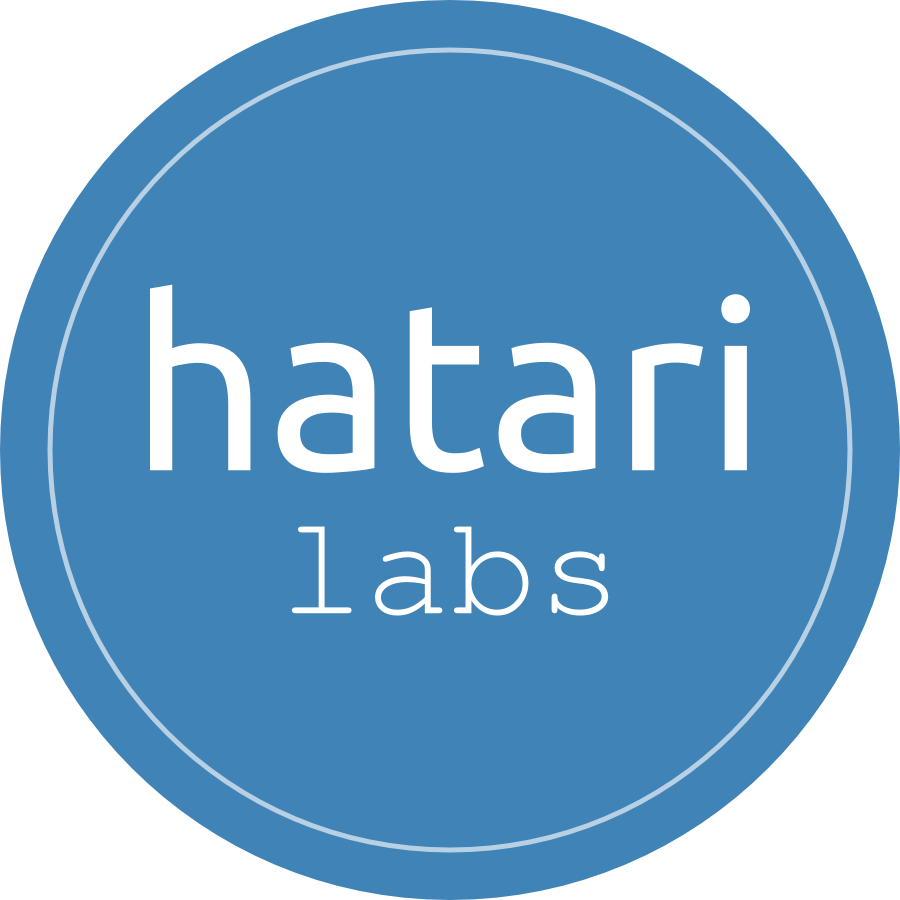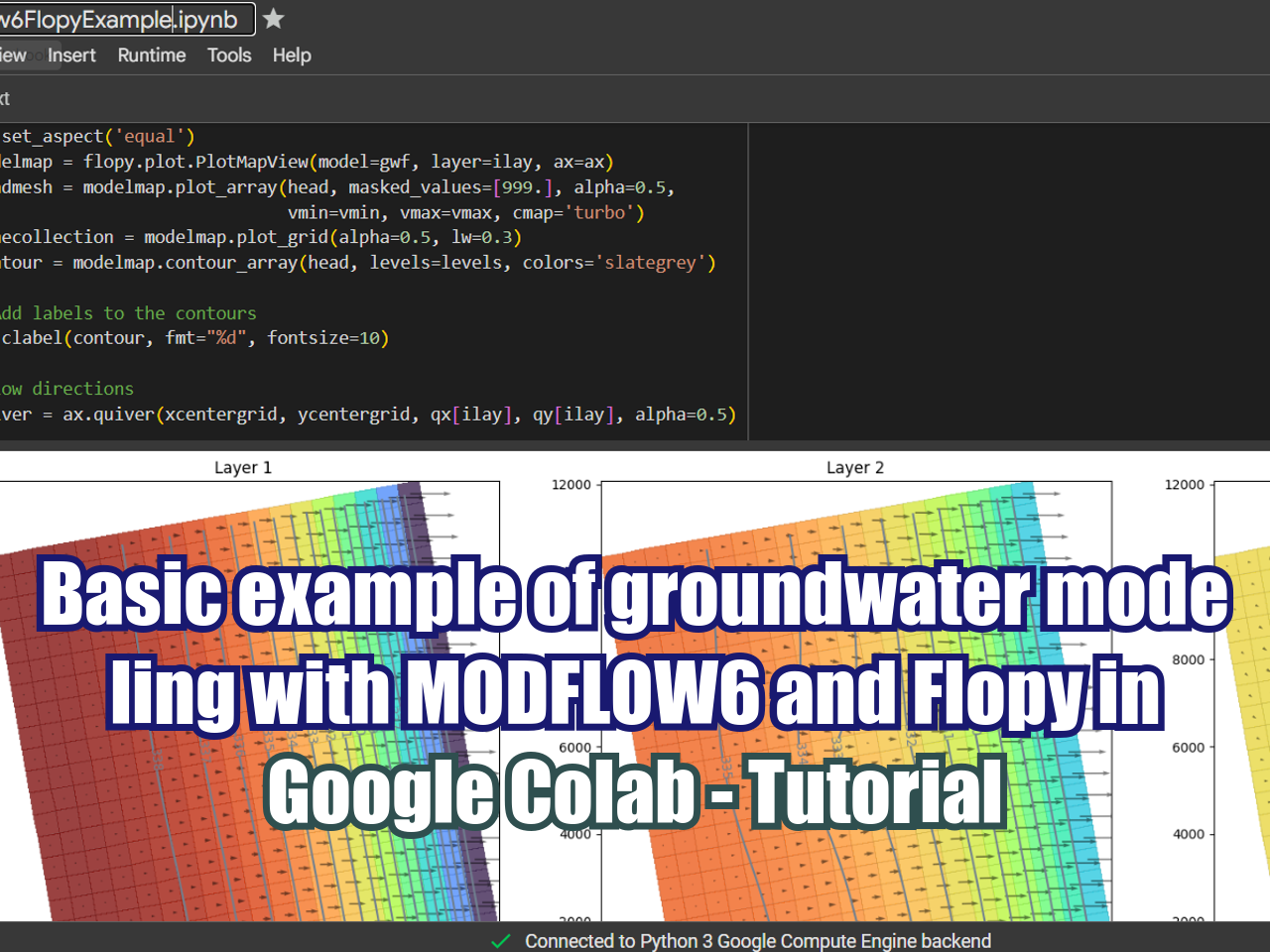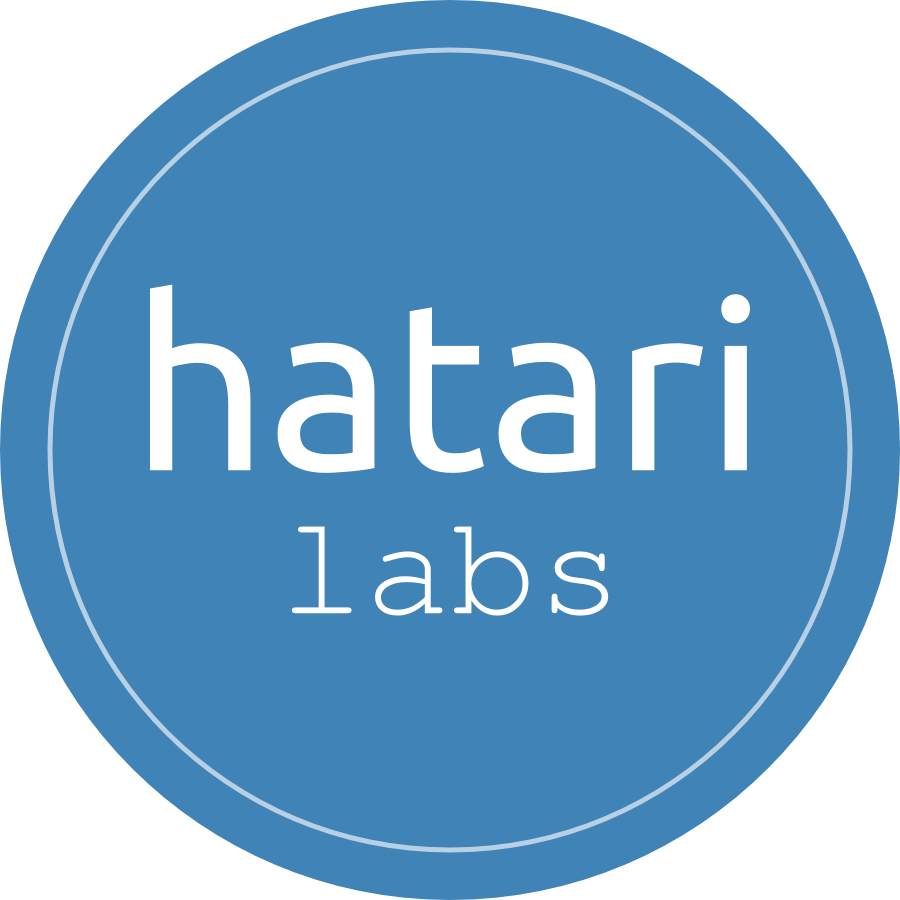Which are the challenges for model calibration in MODFLOW 6?
/MODFLOW 6 is the latest version of MODFLOW; we can’t frame this version as new because it has been released in May 2017 when QGIS 3 wasn’t even released or Python 3.6 was the latest version. On the hydrogeological perspective changes don't come as fast as expected and the amount of users of MODFLOW 6 is increasing but there are limitations on the pre/post processing tools that can take the best of the software for the general public.
Besides the philosophical discussion if a model can be “calibrated” or just “validated” there are some changes on the structure of MODFLOW 6 that bring challenges on the traditional way of model calibration.
Read More
























